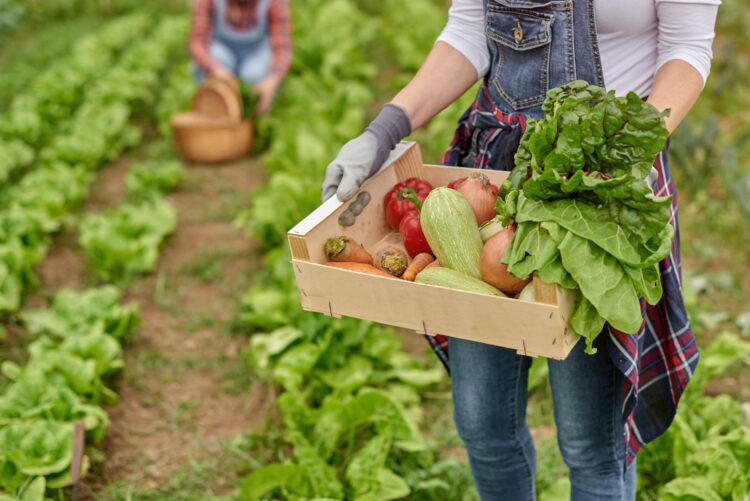EU farmers keep up production despite adverse weather events
Yields of different arable and specialised crops were affected, harvests were delayed, pests and diseases developed, and the quality of some products suffered too as a result. At the same time, there have been signs of positive market prospects for the EU agricultural sector. The costs of input, like energy, fertilisers and feed, continued to decline. EU exports of agri-food products regained some competitiveness, confirming the EU’s position as the world’s top exporter. Published last week by the European Commission, the autumn 2023 edition of the short-term outlook report for EU agricultural markets presents the latest trends and prospects for agricultural markets.
Monthly food inflation started to decline in July in the EU. While food prices still remain a big concern for consumers, this might bring some relief in the demand for certain products. In general, food inflation accounts for almost 40% of price increases at consumer level. Wine is one of the products for which consumption dropped due to higher prices, coupled with structural decline of the consumption of red wines. The crisis distillation, authorised this summer by the European Commission, is helping to stabilise the market.
Soaring EU prices of nitrogen fertilisers prevented a general shortage and uncontrolled lower use of fertilisers by EU farmers. The Commission has been closely monitoring the fertilisers’ market and launched in July 2023 the EU Fertilisers’ Market Observatory.
Impacted by unfavourable weather, the production of apples and oranges will see a similar declining trend, with around 2% less compared with last year. More fruits are also likely to be used for processing due to lower quality and higher storage costs.
The production of olive oil will remain low and is not expected to fully recover in 2023/24. Prices will remain high, resulting in lower exports and EU consumption. In certain regions, the prices are almost 3 times higher compared to the 5-year average. Stable imports could to some extent support EU availability which will nevertheless remain low.



